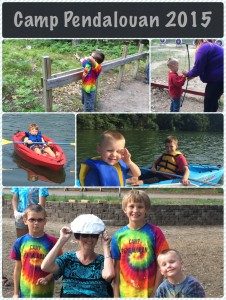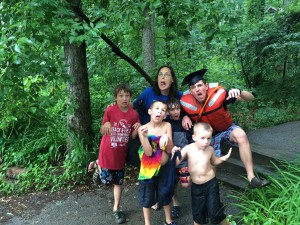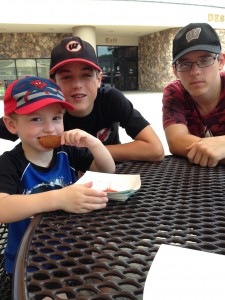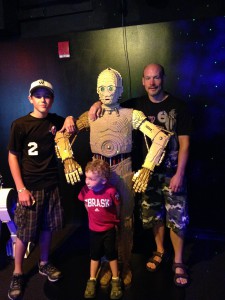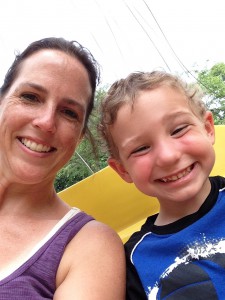The Eiffel Tower is named after a man named Gustave Eiffel, but he didn’t actually create it. Instead, two of his top engineers, Maurice Koechlin and Emile Nouguier, designed the tower. The names of 72 different artists, engineers, and mathematicians who helped with the design are carved into the tower so that everyone can remember them!
Spark your math thinking!
1. Set up your math mini spark recording page: #3: Eiffel Tower Math
2. Read this article about the Eiffel Tower. Record 3 math details about this structure on your recording page.
3. Watch the Geometry of the Eiffel Tower. Record 3 details from the video on your recording sheet.
4. Answer one of these these questions on your recording page. Reminder for your teacher that answer key can be found in the math mini spark folder.
- Describe the significance of the Eiffel Tower’s height and how it compares to football fields.
- Who was Gustave Eiffel, and what was his profession before designing the Eiffel Tower?
- Explain what a truss is and how it functions in supporting structures like bridges.
- What are the two types of forces mentioned that act on the truss, and how do they differ?
- What is meant by “static equilibrium,” and why is it important for the stability of a well-designed bridge?
5. Global Math Stories combine math, history, and cultural stories. Check out the information about the Eiffel Tower. Answer 2 of these questions on your math recording page. Reminder for your teacher that answer key can be found in the math mini spark folder.
- The tower has 1,665 steps in total. If you were allowed to climb all the way from the bottom to the top, how long do you think it would take you? Explain your reasoning.
- Every repainting of the tower requires 50-60 tons of paint. Find the mean and median of the amount of paint that has been used during these applications: 52, 60, 58, 54, 59, 52, 60, 51, and 55 tons.
- Imagine the Statue of Liberty and the Eiffel Tower are standing side by side with the sun shining on them. The Statue of Liberty is 93 meters tall, and its shadow is 10.7 meters long. If the Eiffel Tower is 330 meters tall, how long will its shadow be?
6. Share your math mini spark recording page with your teacher/EY coordinator.
You can use step 5 as the first story for the Global Math Stories Badge that can be found on the EY badge page.





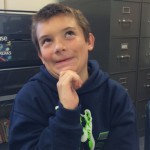
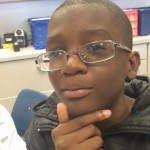
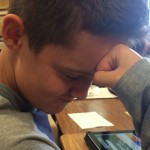
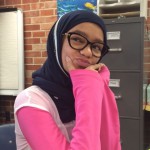
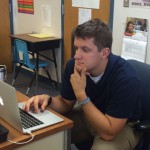




 Data visualization is a general term that describes any effort to help people understand the significance of data by placing it in a visual context.
Data visualization is a general term that describes any effort to help people understand the significance of data by placing it in a visual context. Finding ideas and inspiration for writing a story can be tricky for both children and adults alike. This mini spark makes it easy to start writing since the idea has been chosen-Super Snail Detectives!
Finding ideas and inspiration for writing a story can be tricky for both children and adults alike. This mini spark makes it easy to start writing since the idea has been chosen-Super Snail Detectives!